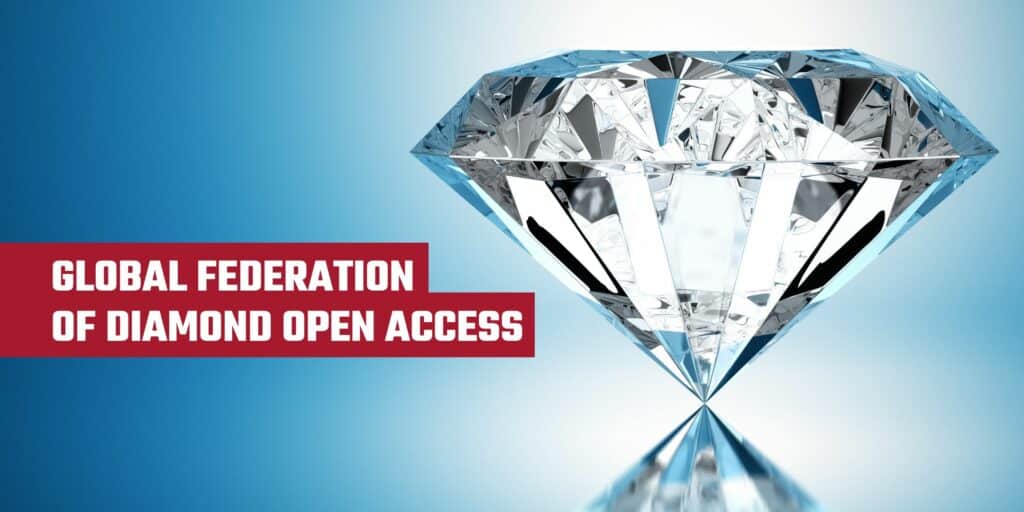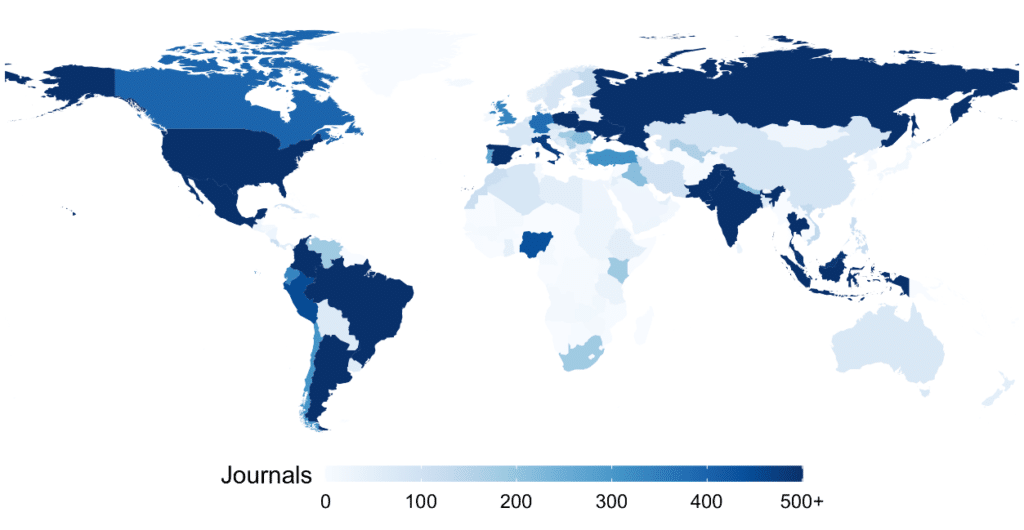
PKP has Diamond in its DNA — in this blogpost PKP summarizes its article on “The Platform Developers in a Federated Model of Diamond Open Access” and expands on bibliodiversity and inclusion considerations.
There is a palpable buzz in our world around the concept of Diamond Open Access (OA)—a model of OA where journals are free from access fees for readers and Article Processing Charges (APCs) for authors. After the Global Summit on Diamond OA in October of last year, in which PKP participated and was mentioned many times as a primary driver, UNESCO heralded Diamond OA as a paradigm shift in scholarly publishing.
While the Diamond model is by no means new, this sharp focus on Diamond has been the culmination of years of work, led by Coalition S, Science Europe, Redalyc, and others to call attention to what is, in their estimation and ours , the most widely used OA model. It is also a model that is highly at risk and in need of support.
Diamond OA is in PKP’s DNA
While the attention Diamond OA journals are receiving is new, the model itself has existed since the advent of the Web. In fact, an early example of a Diamond OA journal is a famed part of OJS’ origin story.
That is, having founded Education Policy Analysis Archives (EPAA) in 1993, Gene V. Glass, the psychologist who coined “meta-analysis,” responded to an early 1999 PKP research study on e-journal expenses with a pointed “nyet, rien, nada, nothing.” EPAA was cost-free and commitment-heavy. It was an inspiring moment for PKP’s work on OJS, even as EPAA now enters its fourth decade, publishing in three languages and using OJS 3.4 hosted by PKP|PS.
Such stories informed the development of OJS itself, under the belief that, if a platform could be made available for free, any journal would be able to make their content freely available. While this no-cost vision may have been too optimistic, to this day, a vast majority of journals using OJS deliver immediate OA, with no cost to authors.

Risks to Bibliodiveristy
Now, admittedly, a lot has changed in the world of OA since those days of the Web. What could be a single person journal operation 20-30 years ago now requires a greater level of technical and professional sophistication to stand out, produce XML, be properly indexed, and generally be integrated into the scholarly literature and infrastructure.
At the same time, the advent and proliferation of unjustifiable APCs as a way of financing this sophistication has shown itself to be inherently inequitable and now poses a risk to the bibliodiversity that exists in Diamond OA journals, as journals are tempted to switch to this model.
Indeed, some journals are tempted to emulate the approaches of “high-impact” or well-known journals, usually published in English, as they know scholars are influenced by their perceived prestige. This is happening even as the route of APCs and commercial publishing risks resource inequity and loss of bibliodiversity.
To prevent such a future, a collective advocacy approach, a shift in narrative, and well-backed global response that can provide support for Diamond OA journals would indeed be welcome.
Welcoming the Federation
We were therefore pleased to read, following discussions at the Global Summit on Diamond OA, the proposal for a Global Diamond Federation (GDF), published by Pierre Mounier (OpenEdition, OPERAS) and Johan Rooryck (cOAlition S, Glossa), as a means of organizing various Diamond Open Access initiatives.
Their proposal involves a federated group of actors, operating at four levels of hierarchy: 1) communities (e.g., journals, books); 2) national, disciplinary, or local Diamond Capacity Centers (DCCs); 3) regional Diamond Capacity Hubs (DCHs); and 4) a Global Diamond Federation (GDF).
Each level has delineated responsibilities, with the services needed for publishing split mostly between levels 2 and 3, and with levels 3 and 4 playing a strong role in achieving economies of scale, coordinating among actors, and determining standards.
We believe the proposal is timely and sorely needed, but also believe that we, from PKP’s vantage point, could contribute to refining the idea and have taken the liberty of publishing a detailed response, borne from PKP’s vantage and long history of supporting Diamond OA journals.
Of particular note in PKP’s response is a refined consideration of open infrastructures and platform developers, the backbone of Diamond Open Access, in the place of the proposal. That is, these actors already offer “resources and services to such communities on a global scale.” PKP’s response, in essence, uncovers how these players (including PKP) are already contributing to the global Diamond landscape in a cohesive way, while expanding on the potential role of these infrastructures in the proposed federated structure.
Additional considerations for inclusivity and bibliodiversity
At the heart of our response is the realization that, given the sheer number of journals, and their continued growth, no formal organizational structure will be able to keep pace—even if federated. The GDF is, on its surface, inclusive—all journals, regardless of where and how they are published, can fit at that first level of Diamond OA Communities.
However, when it comes to the second and third levels, the structure may face challenges in reaching and supporting the community that exists beyond it. With that in mind, it is important to recognize that infrastructure developers like PKP, and many others, already provide services and support at a global scale and play a crucial role in serving the larger Diamond OA community that may fall outside the GDF’s nested structure.
That said, PKP recognizes and welcomes the potential of the GDF proposal, and we are confident that through collaboration, we can ensure that Diamond OA, and associated open infrastructure providers,continue to expand in the scholarly publishing community.
If you would like to read our full response, it has been published, along with the original Global Federation Proposal, on the Hypotheses Blog.
